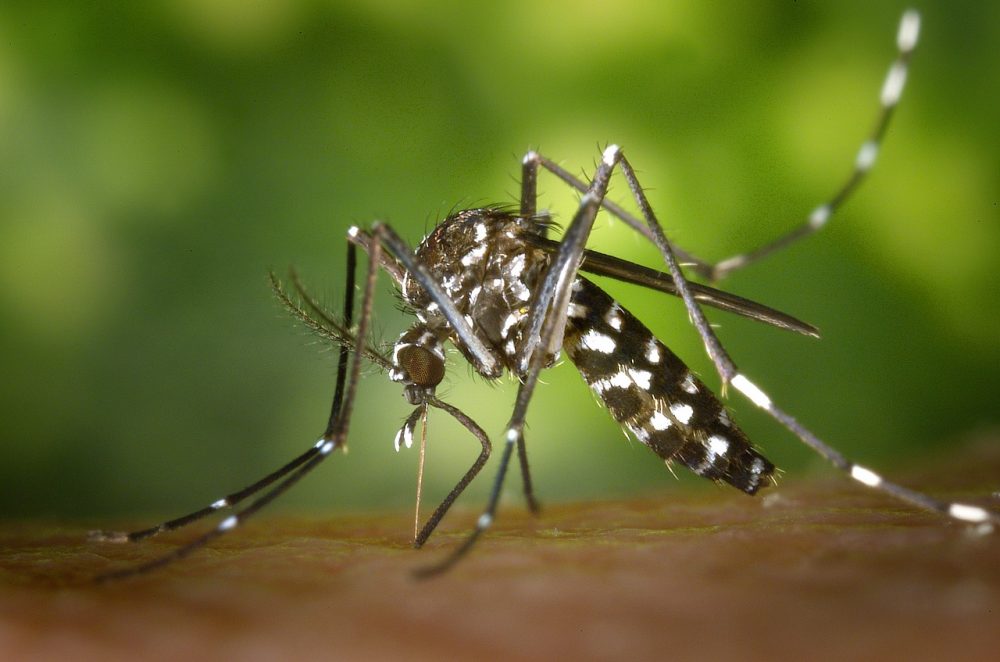The National Academy of Sciences (NAS), as a public service, has created a series of seven videos on climate change called “Climate Change: Lines of Evidence.” The videos have been criticized in some quarters for their even tone, no “the world is ending, get in your bunker” or Chicken Little hype. But NAS says its videos are exactly how they wanted them to be, showing growing evidence that most climate change is being caused by humans. NAS has also created a booklet to accompany the series.
We’ll walk you through each video to give you the highlights.
1. What is Climate?
The climate and its weather can be thought of as the average conditions in a given location or region over time. Typical patterns of weather are well known to people across the world such as winter, spring, summer and fall in the Eastern United States. People generally recognize that climates around the world are quite different, for example, Greenland is relatively cold and icy.
To measure the climate, scientists use temperature and rainfall tracking to determine the frequency of typical elements seen in weather patterns. The question: “Are weather patterns changing?” is difficult to answer. Scientists and researchers are working to understand weather patterns, looking at evidence of changes and seeking to establish the magnitude of change sifting through evidence about what might be responsible for the change. With literally thousands of research studies and national and international research council reports published, a consensus is emerging that human activities and the burning of fossil fuels are responsible for a significant portion of recent global warming.
Planet science is a process of collective learning. Scientists are carefully gathering and analyzing data around the world and creating computer models to help understand and predict future changes. It takes time for scientific knowledge to build and hypotheses must be tested and independently confirmed.
2. Is Earth Warming?
Humans have been taking widespread measurements of temperatures for centuries. Scientists believe there is enough data to produce reliable estimates of global temperatures. In addition sensors at thousands of locations around the world now keep temperature readings in real time.
Researchers are gathering together as much reliable data as possible to produce long-term temperature change projections. It is a bit difficult because taking readings averaged across the planet and coming up with average annual temperatures has its drawbacks because there are big differences between spots on the globe.
In recent years, there has been discussion of the possibility of increasing temperatures due to large amounts of CO2 and other pollutants like chem trails, industrial emissions, etc., in the atmosphere. Scientists are now using satellites with sensors to obtain a global picture of temperatures and companies are beginning to track and report their annual CO2 generation with mixed results.
Melting of ice caps, sea levels and storm patterns are also now being monitored in real time.
3. Greenhouse Gases
As early as the 1820s, scientists started to discuss the importance of certain gases in regulating the atmospheres temperature. Greenhouse gases include water vapor and nitrous oxide which form a protective covering over the earth. Important in this process is the way the sun’s energy is reflected back out of the atmosphere while some is absorbed and directed downward near the surface of the earth. As the blanket covering the earth becomes thicker and captures more and more sunlight, the surface temperature of the earth slowly rise.
4. Increasing Emissions
At issue is whether or not humans are causing greenhouse gas concentrations to increase. Some greenhouse gases occur naturally. For example, carbon dioxide is produced and consumed by many natural processes on the earth. Other processes have human origins, such as coal and oil burning in which carbon dioxide (CO2) is released into the atmosphere at a fast rate. Human activities such as deforestation compound the issue as trees help to mitigate the negative effects of carbon dioxide.
Carbon Dioxide Exchange
Scientists are attempting to model the exchange of carbon dioxide between the earth, including humans and the atmosphere; this includes the significant effect of the oceans on this process. Again, scientists take measurements all around the world and at different levels in the atmosphere measuring the concentration in parts per million of CO2. Just this year, it has been reported that CO2 concentration has reached 400 ppm, which is the highest level in thousands of years.
5. How Much Warming?
One of the keys to determining how fast warming is occurring is to understand how different greenhouse gases heat up the air. For example, a methane molecule has 25 times the warming power of a single CO2 molecule. But methane has a shorter lifespan and it’s less abundant. CO2 stays in the atmosphere much longer and because it is more abundant scientists can calculate how changes in concentrations over time will can cause increases in atmospheric temperature. Aerosols are another variable scientists watch closely. Aerosols are used in human activities from manufacturing to household applications.
The proportion of forested land versus cropland is important in determining the rate of warming and must be taken into account in climate modeling. Once these systems are better understood, more accurate predictions about the magnitude of temperature change can be made. In the meantime, current models show a significant warming trend.
6. Solar Influences
Scientists have been studying whether or not current warming trends are caused by the sun. Of course, the sun has a strong influence on the earth’s temperature. Scientists have been keeping records and the recent revolution in satellite technology is allowing for real-time collection and direct measurements of solar activity. Satellite records kept over the past 30 years and data from before satellites which tracked sunspot and other solar activity implies that the sun is not responsible for recent global warming trends.
Scientists have been measuring temperatures at different levels in the atmosphere using solar balloons for several decades. Since the 1970s, atmosphere temperatures are showing strong warming trends in the lower layers of the atmosphere indicating that warming is coming from inside the atmosphere rather than from the sun. This indicates that greenhouse gases are being trapped close to the earth. If there was an increase in solar output, the warming trend would be expected to be more uniform throughout the layers of the atmosphere, according to scientists.
7. Natural Cycles
A lot of skepticism about global warming has revolved around the argument that we are currently experiencing natural weather cycles. Of course, there are many variations in temperature, precipitation and other climate variables around the world.
Two recent fluctuations that are part of the natural cycle were El Niño, which caused some havoc and there are slow orbital changes in the relationship of the earth and the sun that sometimes impact the Earth’s climate system and from time to time lead to ice ages or warming trends. Natural cycles of the earth can sometimes be measured in hundreds of thousands or millions of years. So scientists are dealing with a very complicated system.
The question is whether or not human activity is overriding the natural cycle. Scientists have developed models to try to simulate long-term patterns and compare them to what is going on now. What we have to do is subtract human activity from the earth system and try to determine what the earth would be like without this activity for purely comparative purposes.
Scientists must use computer models to rigorously test temperature records, look at trends, take into account natural climate variability and more. According to recent analyses, scientists have estimated that there is a 90% chance that most of the observed global warming trend over the past 20 years can be attributed to emissions from the burning of fossil fuels and other human activities.
As these models become more accurate, they will provide information policy makers need to ensure that human development becomes more sustainable.






